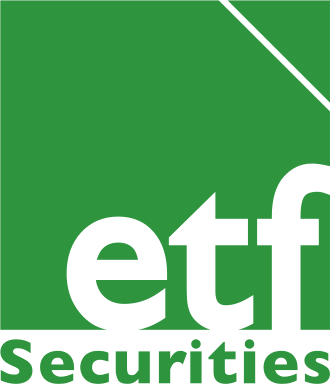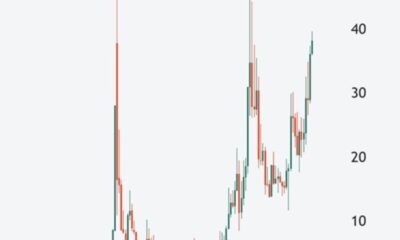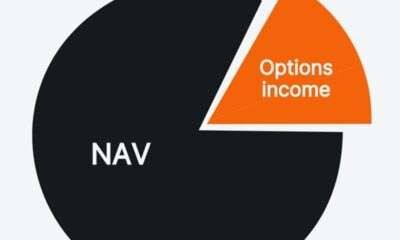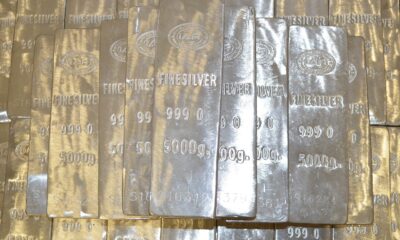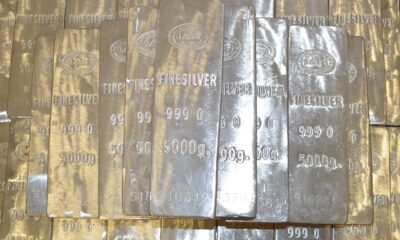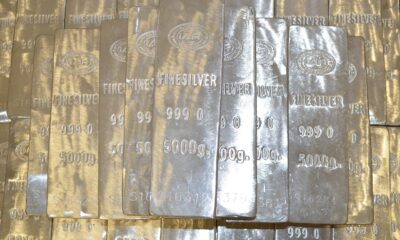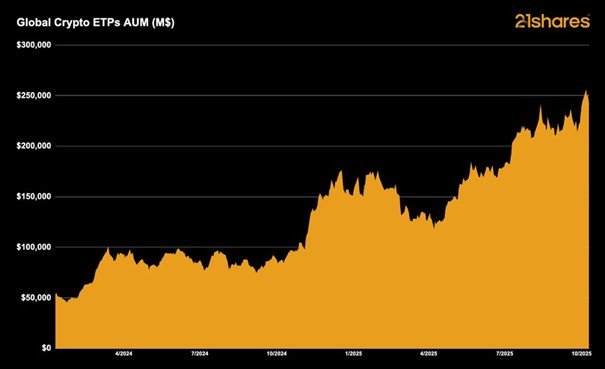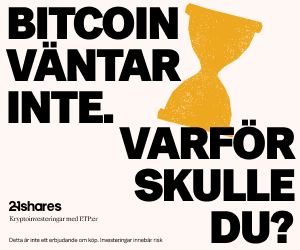Investment Insights Solar remains a bright spot for silver demand
Highlights
- Silver demand for solar panels is a growing segment of its industrial demand with record levels expected in 2018.
- Economies of scale and falling costs may make economics a key driver for growing US solar market beyond policy.
- International solar usage may spur growth amid climate controls and growing energy needs in India and China.
Global silver demand for solar set to rise
Silver’s unique reflective and conductive properties make it a key component in capturing and generating electricity through sunlight. The fastest growing industrial segment for silver has been its use in photovoltaic (PV) panels for solar energy. This has resulting in demand for solar PV usage becoming a key component for the silver market.
Global solar PV annual installed capacity is expected to steadily rise reaching 112 gigawatts by 2021, with a cumulative increase in PV electricity capacity of 506 gigawatts over the next 5 years (2016-2021) according to GTM Research. This should boost silver demand, which uses about 2/3 ounce of metal per PV panel.
According to a recent study, CRU Consulting estimates strong growth in silver PV demand over the next 5 years with an annual average of 114 million ounces. Peak consumption of 148 million ounces is forecast in 2018 – about twice that of 2015 demand.
In response to silver’s 2011 price rally, a trend of thrifting has emerged among PV panel manufacturers. This trend of substituting the precious metal for less costly alternatives like copper, however, appears to have stabilized. Additionally, a lower amount of silver in each panel is likely to be offset by the anticipated rise in volume.
New technologies aimed at replacing silver-reliant silicon PV panels for other materials is a risk but silver’s unique properties and process stability will likely keep it preferred among manufacturers.
Economics trump policy for US solar energy industry?
With the Trump administration’s America First Energy Plan lacking any mention of renewable energy, many are questioning the outlook for US solar energy and the impact for silver demand. Policy and tax incentives remain important catalysts, but falling costs from improving technology coupled with rising economies of scale will likely grow as a determining factor as well.
In 2016, US solar PV capacity rose 95% to a record 14,626 megawatts as average panel costs continued to fall from $0.56 to US$0.36/watt. This, along with technology and battery advancements, has helped improve solar’s economic viability.
New electricity being built and installed in US continued its shift last year to three major sources: solar, natural gas, and wind. According to the US Energy Information Administration, the levelled cost of energy (LCOE) – a primary cost metric for the utility industry- has seen a 40% cost reduction in solar. The LCOE for solar PV fell from US$130/megawatt (MWh) in 2014 to US$74/MWh in 2016 making headway against coal ($95/MWh), natural gas (US$56/MWh), and wind (US$59/MWh). A major component of solar’s competitiveness, however, has been the Investment Tax Credit (ITC), which if taken into account lowers solar PV’s 2016 LCOE to US$58/MWh in line with other fuels.
Electricity generation in the US
Part of last year’s record surge in US PV capacity was due to the anticipated halt of the solar ITC at year-end. The ITC, however, was extended through 2019 at the 30% level with step down rates until 2021 before expiring. While Trump’s tax reform plan is still unclear, changes to the ITC are unlikely a battle worth fighting for the administration as they are due to unwind beginning in 2019.
Additionally, a major focus of the Trump administration has been jobs of which the US solar industry created an estimated 51,000 in 2016. According to a report by the Solar Foundation, they also estimate the US solar industry currently employs 260,000 workers – a bulk of which related to residential installations. Further, potential near term adjustments to the current ITC may spur immediate demand to take advantages of these benefits before the window closes as we saw in 2016.
Solar’s growth anchored outside US
Looking beyond the US, solar’s prospects remain bright. Following the 2015 Paris Accords, the international community has made headway in reducing emissions to which solar PV remains a key component along with other renewable energy sources.
China, the leader in solar energy, continues to grow its clean energy initiatives by expanding its solar PV capacity. According to its National Energy Administration, China doubled its PV capacity in 2016 to over 77 gigawatts. India has also looked to solar to meet the rising energy demand from a growing and modernizing population. In a recent union budget speech by the Minister of Finance, the government plans to move forward with solar park programs generating a potential capacity of 40 gigawatts under both phases.
Other countries led by Mexico, France, Australia, Brazil, and the Philippines are also anticipated to ramp up solar energy capacity in the next five years. These emerging solar markets are expected to equate China’s total solar energy capacity increase.
Expected cumulative global PV installations by country (2016-2021).
Precious Metals Outlook: Silver
As outlined in our October report, Gold and silver: similar but different, silver’s drivers in addition to gold are producer price inflation, changes in silver supply, and industrial production. A combination of higher inflation, a weakening US dollar (in first half of year) and improving manufacturing growth is likely to see silver prices trade in the US$20-22/ounce range in 2017.
Global Manufacturing PMI at 52.7 (above the long-term average of 51.4 and sitting at a 34-month high) indicates manufacturing activity will continue to pick up this year. We believe global PMI manufacturing will continue to improve, although the pace of growth will slow as we approach a 6-year high of 55 at the year-end.
After reaching a decade high in December 2016, we expect COMEX silver inventory to fall 17% by the end of 2017 back to the levels seen at the beginning of 2016 as mining capital expenditure has continued to slide. Additionally, we factor an 18-month lag to this input into our model reflecting the time it takes forgone investment to bite into supply. As mining capital expenditure and investment continues to decline this should further weigh on silver supply, which has been in a supply deficit for the past 11 years.
Important Information
The analyses in the above tables are purely for information purposes. They do not reflect the performance of any ETF Securities’ products . The futures and roll returns are not necessarily investable.
General
This communication has been provided by ETF Securities (UK) Limited (“ETFS UK”) which is authorised and regulated by the United Kingdom Financial Conduct Authority (the “FCA”).
This communication is only targeted at qualified or professional investors.
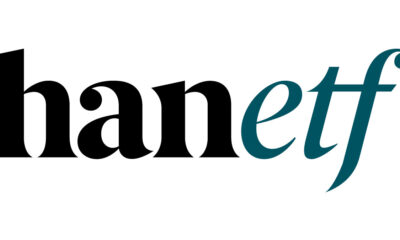
 Nyheter4 veckor sedan
Nyheter4 veckor sedan
 Nyheter4 veckor sedan
Nyheter4 veckor sedan
 Nyheter3 veckor sedan
Nyheter3 veckor sedan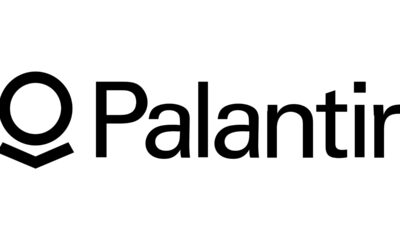
 Nyheter4 veckor sedan
Nyheter4 veckor sedan
 Nyheter4 veckor sedan
Nyheter4 veckor sedan
 Nyheter4 veckor sedan
Nyheter4 veckor sedan
 Nyheter2 veckor sedan
Nyheter2 veckor sedan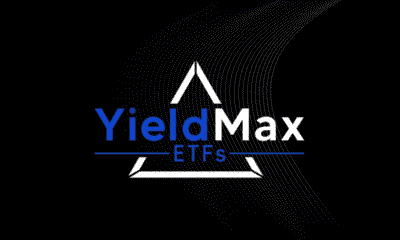
 Nyheter3 veckor sedan
Nyheter3 veckor sedan
